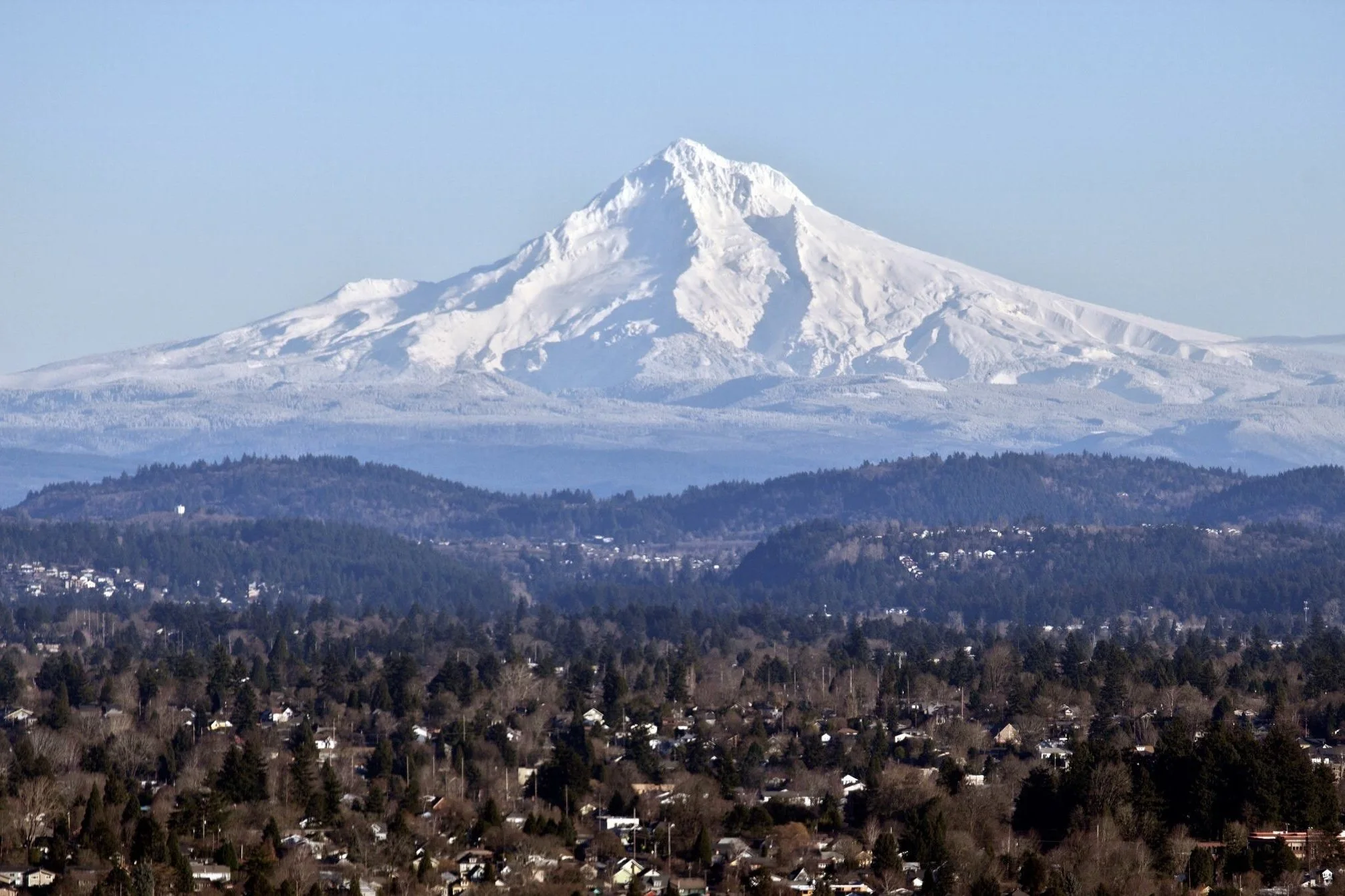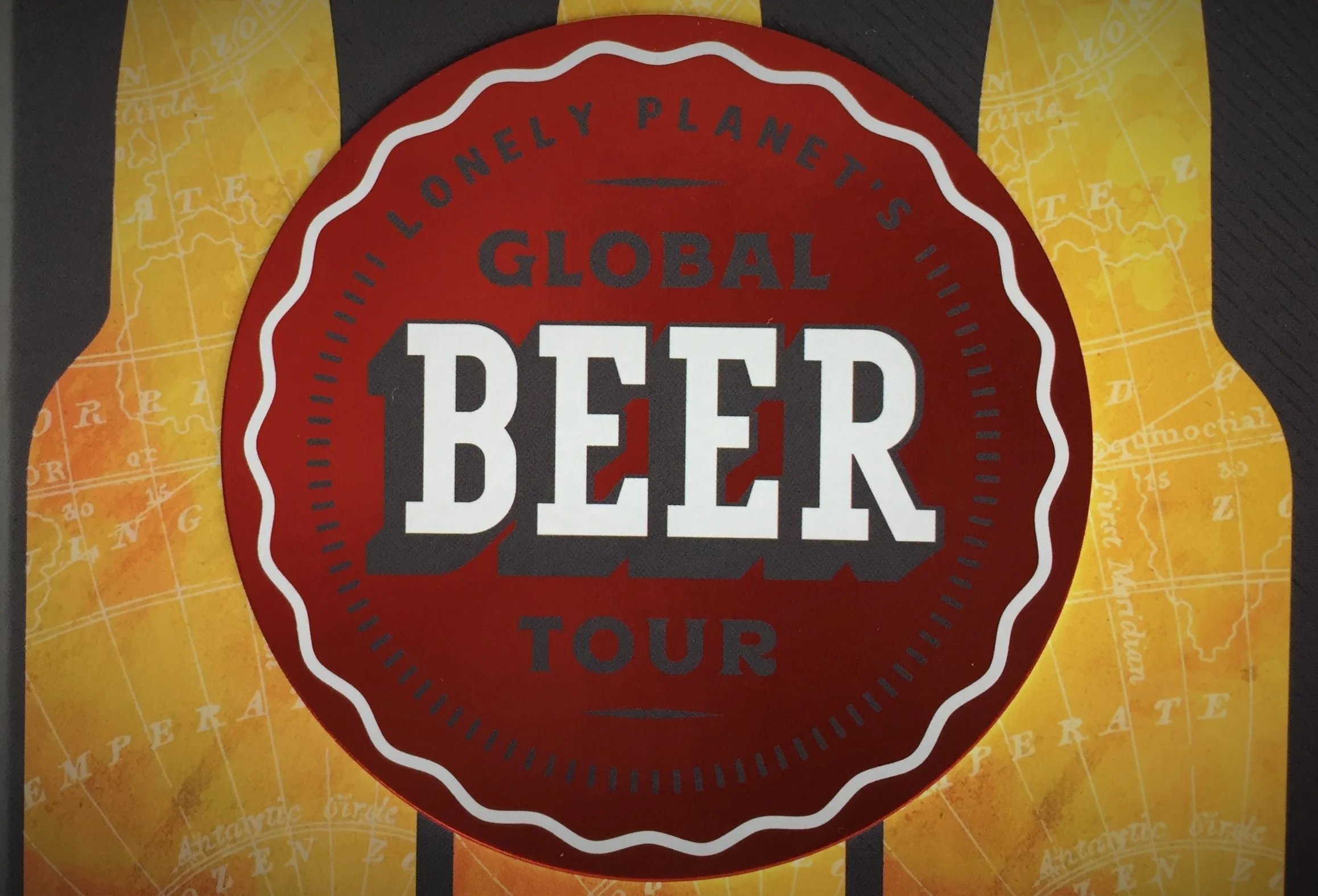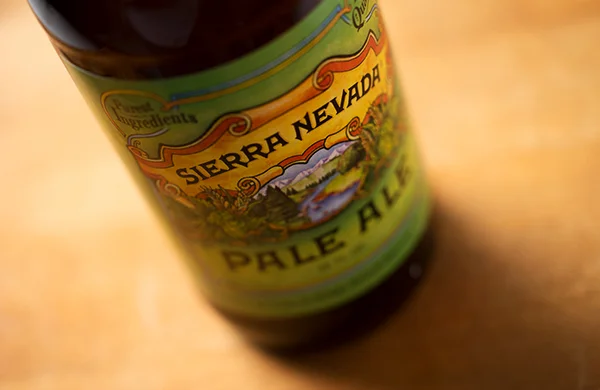Moby Dick will not fit on that label. Do not send hundreds words of prose to your design guy and tell him to fit it on that piece of real estate, which even on large bottles is the size of a business card.
Read MoreSpecialty coffee--the equivalent to craft beer--is now consumed by more than half the drinkers in America daily. Daily! Equally remarkably, this has doubled in seven years. I remember the first Starbucks in Portland--it arrived in about 1987. We'd already had craft beer, but specialty coffee as a national phenomenon actually got an earlier start. Like beer, we imagine the trajectory of adoption was a good deal more quick than it was. I'd have guessed specialty-coffee saturation had already plateaued by the mid-aughts. Instead, what happened was a much slower change followed a sea change. The tipping point happened somewhere in the past decade, after which specialty coffee went from being, well, specialty, to completely bog-standard mundane. Everyone drinks Starbucks now.
Read MoreBars like this have always been vulnerable, and churn is high. They're low-margin businesses that depend on volume sales and low rent. In cities across America, both trends are working against the neighborhood tavern. With more and more places to drink, dive bars don't get the traffic they did twenty years ago. More significantly, as the middle class leaves the suburbs to return to the city, rents are on the rise in the urban core.
Read MoreThe most vivid of the foodstuffs to which I drunkenly resorted were 'lil smokies, one of those fancy items that the bartender had to microwave before serving. They were maybe two inches long and the girth of an average index finger. They were spiced to cover up what was obviously the hooves and snouts they were made from--and bone bits crunched under tooth as you gobbled. They were also stained a maraschino red, unnatural and unsettling (why would they try to make them look more vividly bloody?).
Read MoreThiol-heavy dankness dominates the nose. Thiols, recall, are those sulfur compounds in hops responsible for savory aromas and flavors like onion, chive, and cannabis stickiness. If you continue to snuffle the fumes rising from that snowy head, you do find a sweet tangerine note trying speak, but it's subtle. Learning that Mosaic and Citra were the two powdered hops used, I understood from where those thiols came: Mosaic, my old frenemy.
Read MoreLast week we learned that Peter Bouckaert was leaving his post as New Belgium brewmaster to start a small, new brewery. This is far from unprecedented. Larry Sidor turned Deschutes into a regional powerhouse; in 2012, he left to start Crux Fermentation Project. More recently, Stone's Mitch Steele left to start New Realm in Atlanta.
Read MoreThe Lonely Planet has a new guidebook for those wishing to make a pilgrimage of the world's great breweries. Or anyway, that's what the cover says. Inside is a different matter.
Read MoreIn the mid-1990s a new generation of brewers introduced a kind of verve and edginess to beer. This new generation were also tiny, but they were brash and had big ambitions. Some, like Dogfish Head, aspired to transform beer. Sam Calagione was miles ahead of his contemporaries in anticipating that experimentation would one day drive sales. Some, like Stone's Greg Koch, promised to crush big beer. Even when Stone was tiny, he brought the attitude: "you're not worthy," he told drinkers of that old, fizzy yellow lager.
Read MoreBridgePort came out with IPA in ’96 and people looked at that and basically said, ‘Hmm, nice, niche beer. But hop-led beers will never become dominant because who’s going to drink anything that hop-loaded, you know?’ Fifty BUs? My god, you have to practically choke that down. And now look at it.
Read MoreLast week, AB InBev (ABI) made news (and sparked anxiety) by buying Asheville's Wicked Weed brewery. This week they've caused even more anxiety when news broke that they had seized the entire crop of South African hops. Dozens of stories have been written about it, and breweries have been shooting off angry emails all week.
Read MoreI recall the moment when Vaporizer and Maiden the Shade came out. They were a welcome development. The notion of an IPA brewed to be consumed in the hot months seemed like an excellent one. Heat does something to the body that changes the way it receives viscosity. Heavy beers just don't do the trick.
Read MoreThe age of consolidation has surfaced one of the more unusual quirks of the American craft beer segment: the strange morality that has come to pervade it. There's really no other word, either. Morality is that agreement among groups about what is acceptable. It is a self-protective urge, a code to minimize harm either through social norms or ones of purity. It enforces loyalty, which further strengthens the group. Although our friends the 18th-century philosophers tried to argue for a natural or universal morality, it's clear that morality is a purely a social construct that varies place to place. And there is a moral code both craft breweries and craft beer drinkers recognize, as this latest blowback demonstrates.
Read MoreLast week, the Hop Growers of America released their annual crop report, and it was full of interesting details. Agricultural reports may not seem like the most interesting subject matter, but given how much our little green friends dominate our favorite beers, there's a lot here to ponder.
Read MoreAmerican IPAs have to date passed through three discrete eras. The first, which constitutes examples generally made before the new millennium (with a few exceptions), existed mainly after the mid-1990s. From the late 70s until then, there really weren't many examples to speak of. This seems impossible given their ubiquity now, and a few years ago I had to do a bit of research to confirm that it was true. I consulted a couple books I had that rounded up all the available beers at the time they were written.
Read MoreThe Ferdinand Brewery in Benešov, south of Prague has been malting their own barley for over a hundred years, and the way they prepare the malt and the barleys they use look remarkably like the approach Americans are now trying to revive. Ferdinand is also the source of Weyermann's Floor-Malted Bohemian Pilsner Malt, which is available here in the US (Patrick and I used it on a recent helles).
Read MoreTwo Saturdays hence (May 13), AB InBev is hosting a massively expensive party in Bend. They're promoting it the way only one of the largest companies in the world can--with prizes, a big music lineup (including De La Soul!), and the kind of overheated marketing gloss the finest agencies supply. The occasion celebrates the founding of a brewery AB InBev purchased in 2014. Shockingly enough, this is not the way they're talking about it.
Read MoreThe DNA of American pales is closely related to IPAs, but they deliver an entirely different drinking experience. They highlight American hops, particularly a delicate but insistent aroma, but are full in body, lightly sweet, and soft in the finish. The classic pale is scented with the floral aroma of Cascade hops, and picks up its sweetness and caramel flavor (a perfect match for Cascades) from crystal malts.
Read More
















